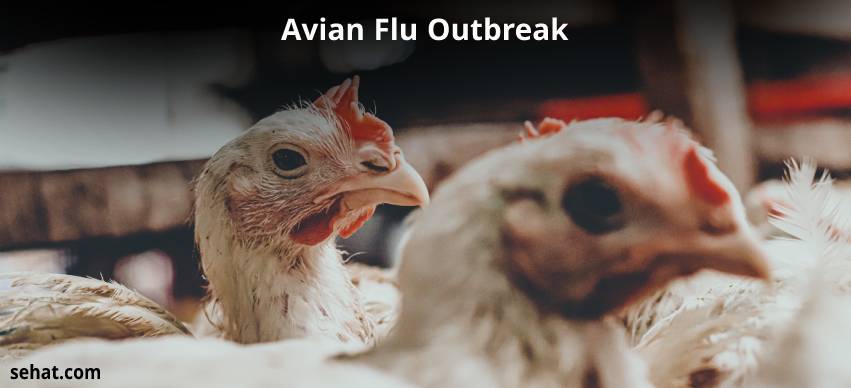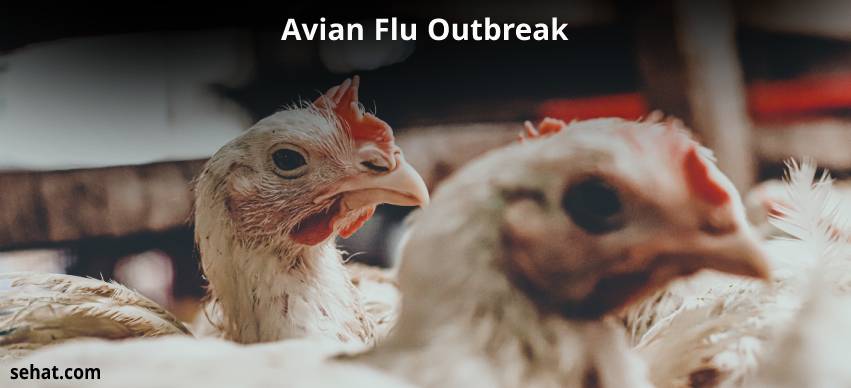Nanoparticle Therapy – An Emerging Cancer Treatment
5 Min Read


Avian flu, also known as bird flu, is a highly infectious disease that affects birds, including chickens, ducks, and other poultry. However, it can also infect humans and cause severe illness. In this article, we will discuss the basics of avian flu, what you need to know about it, and the recent outbreak in India.
The avian flu outbreak in India was first reported in December 2020, and it has since spread to several states. This outbreak has raised concerns about the potential for the virus to spread to humans and cause a global pandemic. The avian flu virus is highly contagious and can spread rapidly among birds, leading to significant economic losses for the poultry industry.
One of the most common strains of avian flu that infects humans is the H5N1 virus. Symptoms of H5N1 infection in humans can range from mild to severe and may include-
In severe cases, H5N1 infection can lead to pneumonia, acute respiratory distress syndrome (ARDS), and death.
It is important to note that the transmission of the avian flu virus from birds to humans is rare. Most human cases of avian flu have occurred as a result of close contact with infected birds or their environments, such as poultry farms or live bird markets. However, the risk of transmission increases when the virus mutates, leading to a higher likelihood of human-to-human transmission.
The key to preventing the spread of avian flu is early detection and rapid response. Countries around the world have implemented measures to control the spread of the virus, including culling infected birds, closing live bird markets, and implementing quarantine measures.
It is also important for individuals to take steps to protect themselves from avian flu. This includes avoiding contact with live birds or their environments, practicing good hygiene, such as washing hands frequently with soap and water, and avoiding eating raw or undercooked poultry products.
Furthermore, individuals who work in the poultry industry or in contact with live birds should take additional precautions, such as wearing protective clothing and masks, to minimize the risk of infection.
Avian flu is a highly infectious disease that affects birds and can also infect humans. The recent avian bird flu outbreak in India has raised concerns about the potential for the virus to cause a global pandemic. However, with early detection, rapid response, and proper precautions, the spread of the virus can be controlled. It is important for individuals to take steps to protect themselves from avian flu and for countries to implement measures to prevent its spread.